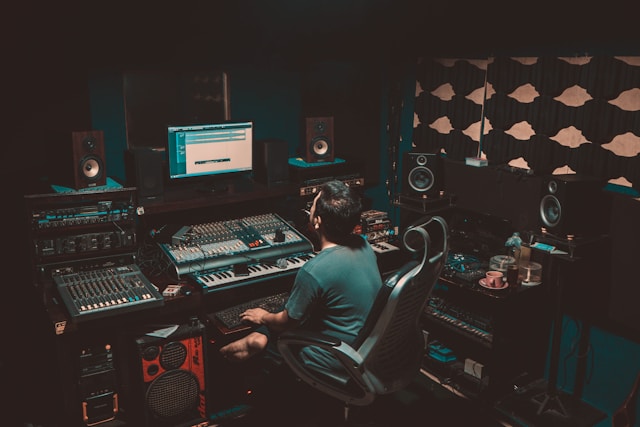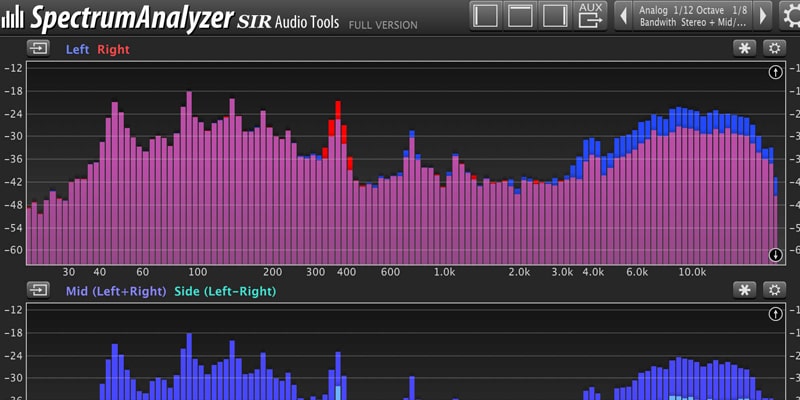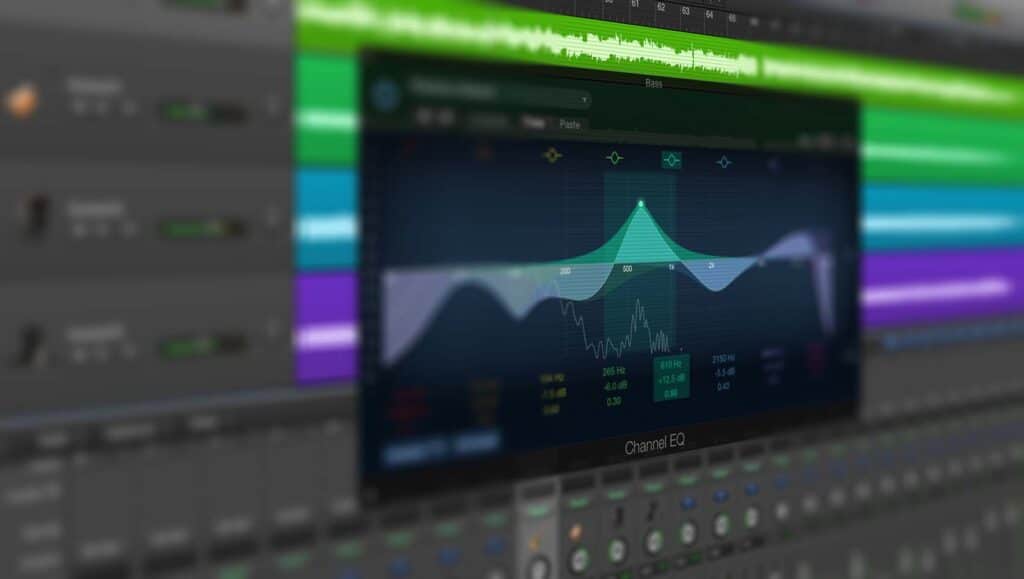The process of creating music ready for public release is often divided into three key stages: production, mixing, and mastering. These stages are sequential and interdependent, and each is essential for achieving professional sound quality.
Production
Music production, in a broad sense, is the process of transforming an existing song or idea into a consumable format. This stage begins long before tracks reach a mixing engineer, covering recording, arranging, and composing.
Role of the Producer:
The producer is often seen as the person responsible for key decisions throughout the process. This can include guidance on repeating sections, changing arrangements, and overall project supervision from demo to final track. A producer can also simultaneously act as composer, performer, recording engineer, mixing engineer, and mastering engineer.
Key Aspects of Production:
- Composition and turning ideas into sound: While composition is the theoretical part (choosing the ingredients), production translates these theoretical notes into sound, including MIDI work, recording, and knowledge of microphone placement and audio interfaces.
- Sound selection: Production requires using high-quality sounds and choosing ones that will not conflict or compete for space in the mix.
- Quality of input material: A crucial rule is: “garbage in, garbage out.” The better the initial vocal and instrument recordings, the easier it is to achieve a professional mix and master.
Mixing
Mixing is the process of processing and balancing individual elements (separate audio tracks: vocals, instruments, etc.) of a song.
Main Goals of Mixing:
- Create a final product that is balanced (nothing too quiet or loud), clean (no harshness), and polished.
- Ensure all elements work together to support the overall sound.
- Correct flaws in individual sounds.
- Give sounds life and character, making everything gel together.
Key Tools and Stages of Mixing:
Mixing is typically done in a DAW using software plugins/effects:
- Level balancing: Adjust the volume of each element relative to an “anchor” sound (e.g., lead vocal or kick drum) so that everything is well balanced.
- Panning: Spread sounds across the virtual stereo field to separate elements and prevent clutter. Core elements usually remain centered (vocals, kick, bass).
- Equalization (EQ): Shapes the frequency range of sounds, corrects overlaps, and removes masking (when two or more sounds occupy the same frequency range, creating muddiness or harshness). Beginners are advised to cut rather than boost frequencies.
- Compression: Controls the dynamic range (difference between loudest and softest parts). Compressors make loud parts quieter and quiet parts louder, ensuring consistent volume. Over-compression can make the music sound flat and lifeless.
- Creative effects: Add reverb (creates space and ambiance) and delay (echo), giving the mix character.
- Avoid clipping: Ensure that levels do not cause unwanted distortion. Peaks are usually kept below -6 dB during mixing.
Mastering
Mastering is the final stage of audio engineering. It is applied to the finished stereo mix of a song. It is a more technical process that uses a limited set of effects processors.
Main Goals of Mastering:
- Final quality control: Correct any flaws in the mixed audio.
- Maximize loudness: Increase overall volume while maintaining as much dynamic range as possible, ensuring competitiveness with professional tracks.
- Polish: Add the final layer of shine to the track.
- Translation: Ensure the audio sounds consistent across playback systems (car stereos, phones, headphones).
Key Tools and Stages of Mastering:
- Import and organization: Stereo track (or stems) is imported into a new DAW project dedicated to mastering.
- Correcting overall issues: Specialized EQs correct imbalances across the whole song (unlike mixing, which deals with individual elements).
- Stereo processing: Tools like Mid/Side processors control stereo width.
- Character and fullness: Add subtle saturation or distortion to enhance perceived loudness and warmth, depending on the genre.
- Limiting: Specialized compression to raise overall loudness without clipping.
- Headroom control: Keep sufficient headroom (-3 dBFS peaks) before mastering.
- Export technical requirements: Use high-quality WAV or AIFF files, 24-bit or 32-bit. Do not apply dithering or normalization yet.
- Testing: Compare the mastered track on multiple playback systems against professionally mastered tracks.
Key Differences and Interconnection
Mixing and mastering are different but essential stages:
| Criterion | Mixing | Mastering |
|---|---|---|
| Focus | Multiple individual tracks (vocals, instruments, effects) | Final stereo file of the entire song |
| Main goal | Balance all elements, ensure clarity, prevent frequency conflicts | Add final polish, optimize for distribution, maximize loudness |
| Volume | Keep levels well below clipping (e.g., -6 dB peaks) | Increase perceived loudness via limiting to compete commercially |
| Typical tools | EQ, compressors, reverb, delay, panning | EQ, limiters, specialized compressors, stereo processors |
Relationship and Importance:
- Mix priority: Mastering quality depends on a good mix. A well-mixed but unmastered song will sound better than a poorly mixed but mastered one.
- Mastering role: Without mastering, music may not achieve competitive loudness or clarity across playback systems.
In summary, production provides quality raw material and creative foundation, mixing ensures internal balance and clarity, and mastering delivers final shine, loudness, and playback consistency across systems.
For those looking to try high-quality sounds for free, check out our Top 5 Free VST Plugins That Sound Like Premium.





